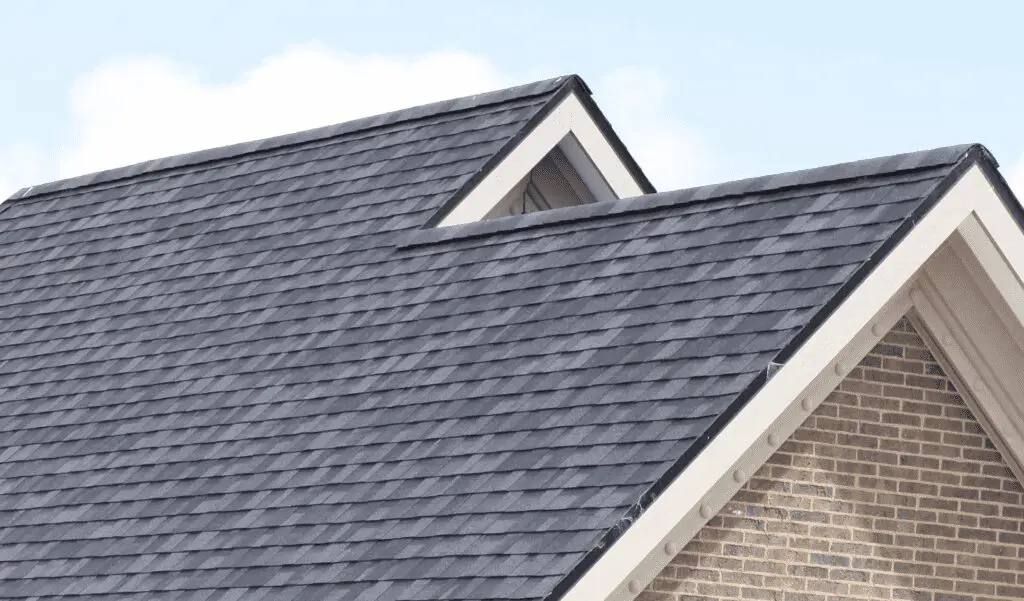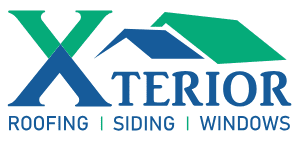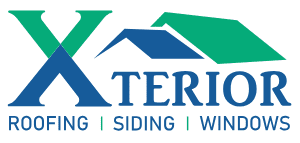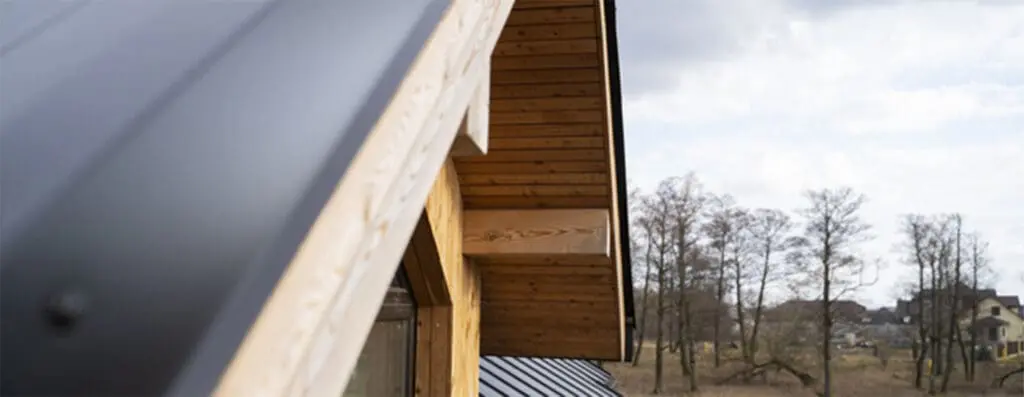- Home
- Roofing
Roofing Company in High Point and Wilmington North Carolina Area
Roofer Serving The Triad, The Coast, and Surrounding Area in NC
In High Point, NC, and the surrounding areas, homeowners know the importance of a sturdy, reliable roof over their heads. It’s not just about shelter; it’s about safety, comfort, and peace of mind for you and your loved ones. At Xterior LLC, we understand the challenges you face when your home’s first line of defense against the elements starts to show signs of wear. That’s why we’re dedicated to offering roofing solutions that blend quality, durability, and affordability, ensuring your home remains safe and secure.

Why Xterior LLC is Your Top Choice for Roof Replacement
When it comes to protecting your home, compromise is not an option. Our team of certified professionals uses the latest technology and materials to deliver roofing services that not only meet but exceed your expectations. From initial inspection to final touches, we ensure every step is handled with care, transparency, and efficiency. Our commitment to customer satisfaction is unwavering, making us the go-to roofing contractor in Wilmington and High Point, NC.
Roofing Contractor Tailored to Your Needs
Every home and homeowner is unique, and so are their roofing needs. Whether you’re dealing with leaks, damaged shingles, or looking to upgrade your roof for better energy efficiency, Xterior LLC has you covered. Our services include:
- Thorough roof inspections to pinpoint issues
- Professional repair of leaks and damaged areas
- Complete roof replacements with a wide range of materials
- Preventative maintenance to extend your roof’s lifespan
- Expert advice on the best materials and solutions for your specific situation
With Xterior LLC, you’re not just getting an expert roofing contractor in Guilford County and New Hanover County; you’re gaining a partner dedicated to ensuring your home’s roof is solid, reliable, and aesthetically pleasing.
Experience Peace of Mind with a Local Roofing Company
We know that the thought of roofing projects can bring about feelings of anxiety, frustration, and concern over potential financial strain. That’s why we focus on providing a service that alleviates these fears. Our transparent pricing, efficient project management, and quality workmanship mean you won’t have to worry about unexpected costs, extended disruptions to your daily life, or subpar results. Choose Xterior LLC, and take the first step towards a stress-free roofing experience.
Protect Your Home’s Future with Trusted High Point Roofers
Don’t wait for minor issues to turn into major headaches. Contact Xterior LLC today for a free, no-obligation consultation. Our experts will assess your roofing needs, discuss your options, and provide you with a clear, detailed estimate. Let us help you secure your home’s future with a roofing solution that offers durability, beauty, and peace of mind.
Frequently Asked Questions
Our dedication to customer satisfaction, use of high-quality materials, and commitment to transparency and integrity in all our dealings set us apart. We aim to build long-term relationships with our clients by ensuring their roofing needs are met with the highest standards of excellence.
The duration of a roof replacement project can vary based on several factors, including the size of your roof, the materials used, and weather conditions. However, our efficient project management ensures minimal disruption, with most projects completed within a few days.
The choice of roofing materials depends on your specific needs, preferences, and budget. We offer a wide range of options, including asphalt shingles, metal roofing, and more, and can provide expert advice on the best choice for your home.



